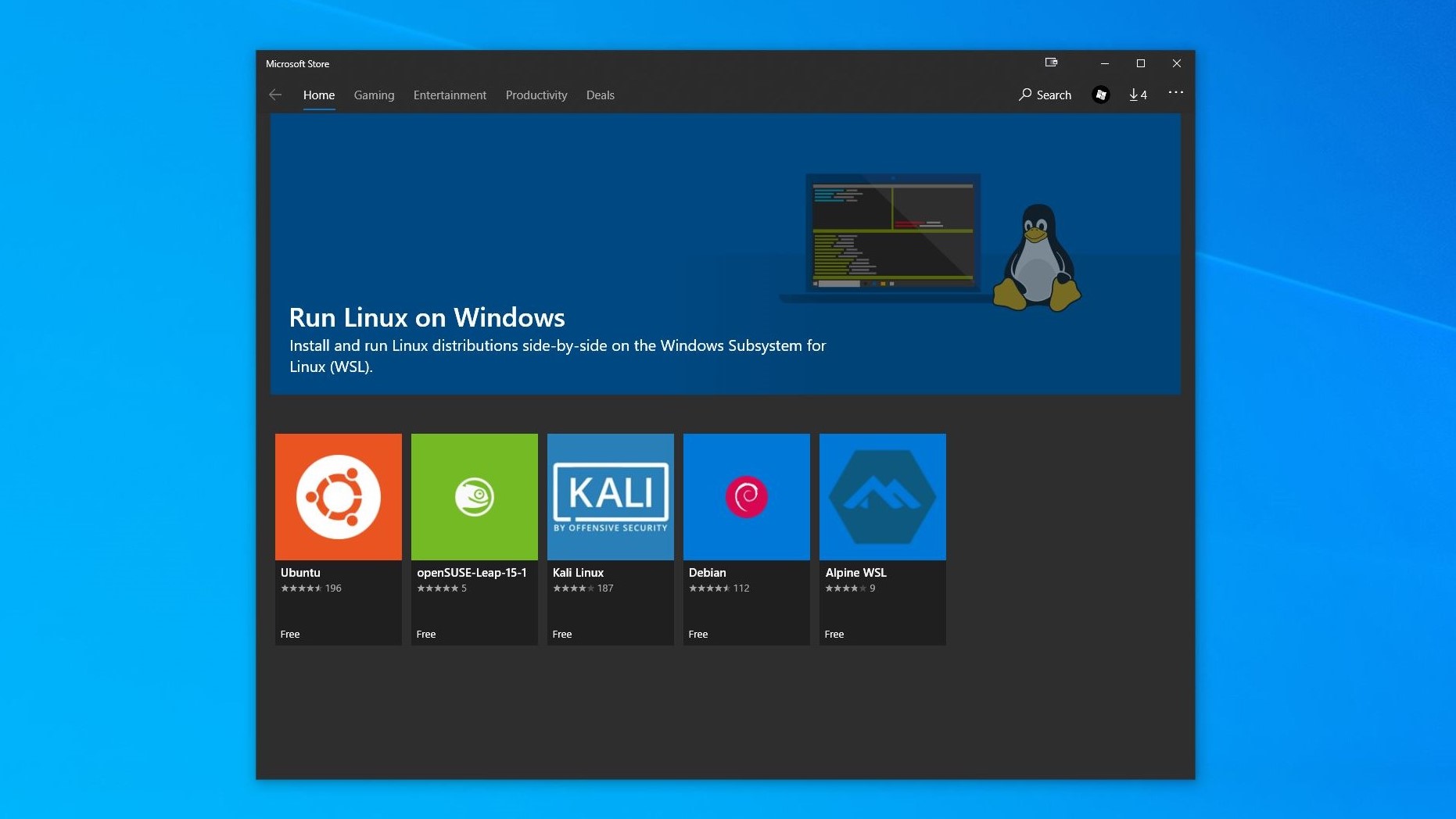Microsoft doubles down on Windows Subsystem for Linux
However, WSLg is still only available in Insider Preview releases

Microsoft has officially announced the highly-anticipated update to its Windows Subsystem for Linux (WSL) that will enable users to run graphical Linux apps seamlessly on their Windows 10 desktops.
Dubbed WSLg, the update was first previewed last month in April, before being formally unveiled at Microsoft’s annual Build 2021 conference.
Arguably, one of the biggest, and surely the most exciting update to the Windows 10 WSL, Microsoft has been working on WSLg for quite a while and in fact first demoed it at last year’s conference, before releasing the preview in April.
- Here’s our roundup of the best Linux distros
- These are the best Windows 10 deals available at the moment
- Also take a look at the best Linux laptops for running Linux
Not yet GA
While Microsoft encourages users to use WSLg, notably the feature is still available in Inside Preview builds only.
Microsoft also recommends running WSLg after enabling support for virtual GPU (vGPU) for WSL, in order to take advantage of 3D acceleration within the Linux apps.
Even as Microsoft continues to pitch WSLg towards developers, pretty much like the entire WSL ecosystem, you can use it to run all manners of Linux apps. In fact, WSLg also supports audio and microphone devices, which means the graphical Linux apps will also be able to record and play audio.
Keeping in line with its developer slant, Microsoft also announced that since WSLg can now help Linux apps leverage the graphics hardware on the Windows machine, the subsystem can be used to efficiently run Linux AI and ML workloads.
Sign up to the TechRadar Pro newsletter to get all the top news, opinion, features and guidance your business needs to succeed!
WSLg looks all set to alter the workflows (for the better) for anyone who runs Linux apps on Windows through virtualization. If WSLg developers are to be believed, the update is expected to be generally available alongside the upcoming release of Windows.
- Subscribe to Linux Format magazine for more Linux and open source goodness
With almost two decades of writing and reporting on Linux, Mayank Sharma would like everyone to think he’s TechRadar Pro’s expert on the topic. Of course, he’s just as interested in other computing topics, particularly cybersecurity, cloud, containers, and coding.
